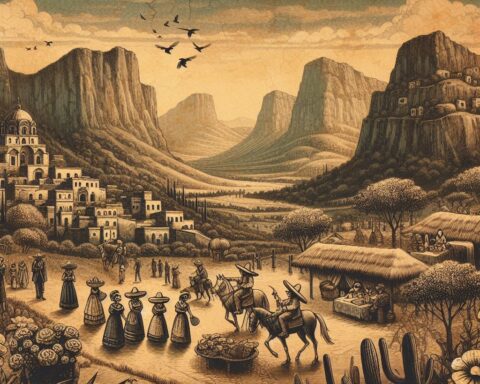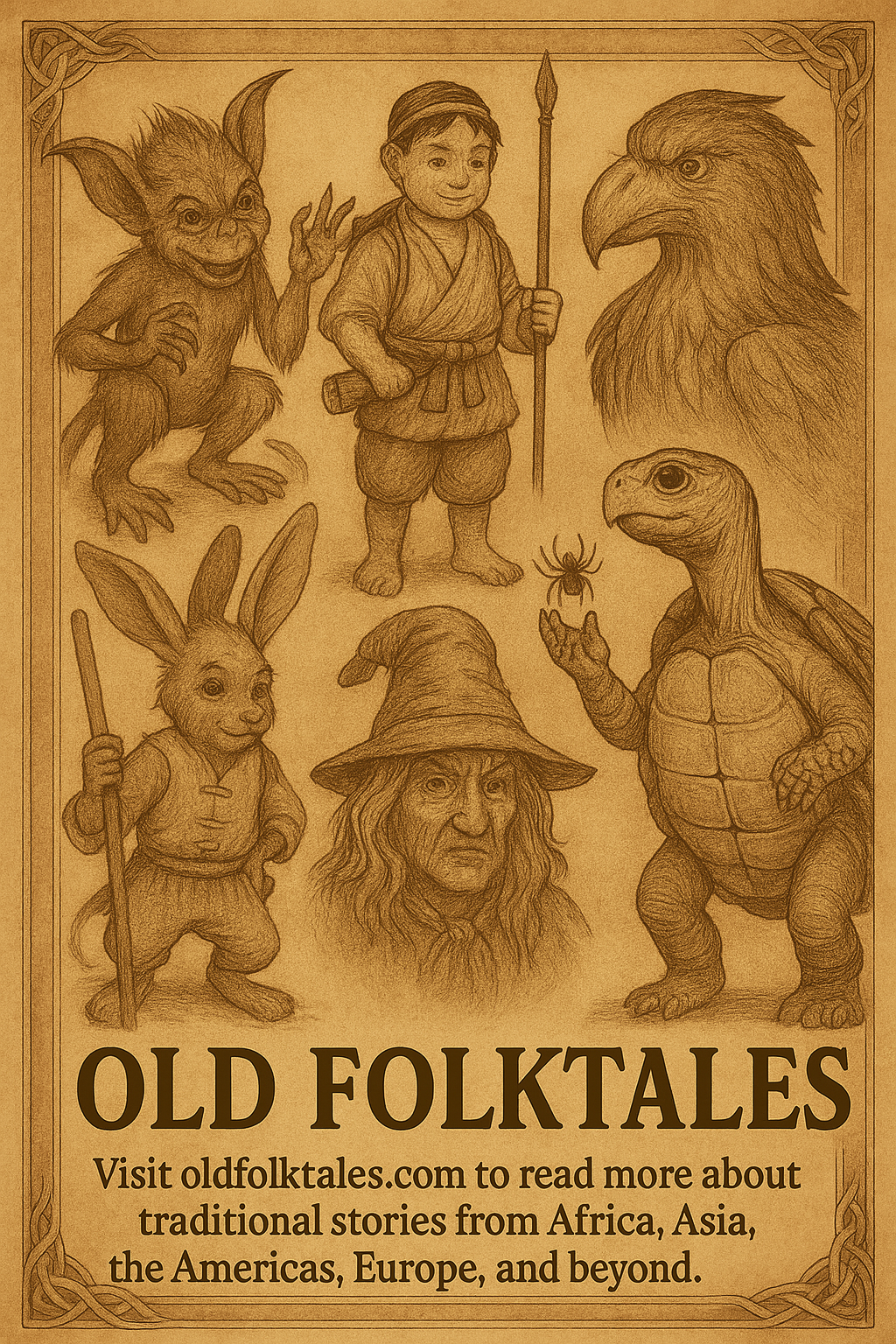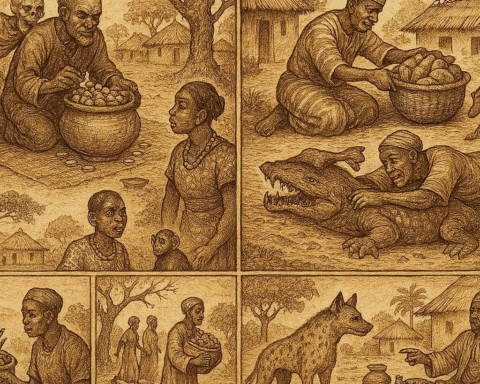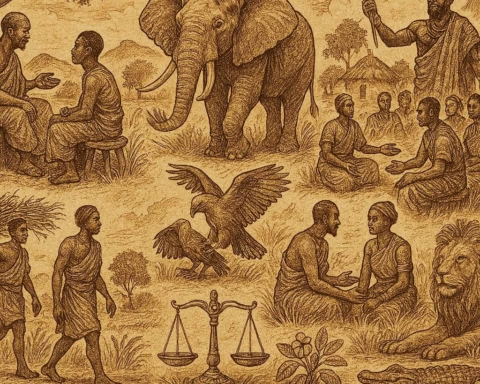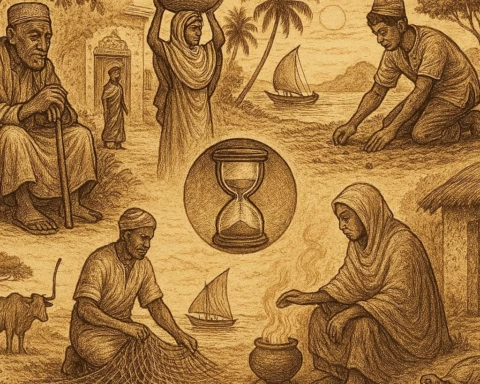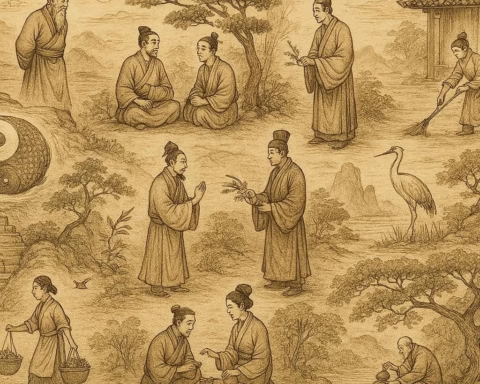When the sun lingers in the sky and the nights grow short, the Baltic lands of Latvia and Lithuania erupt in a blaze of light, song, and ancient magic. Known as Jāņi in Latvia and Joninės (or Rasos) in Lithuania, Midsummer is a living remnant of pagan sun worship, woven into modern cultural identity. At its heart are the fire rituals, flames that guard against misfortune, honor the sun, and ensure prosperity for the year ahead.
Let’s journey into seven Midsummer fire traditions you should know, tracing their origins and meanings.
1. The Bonfire as the Sun’s Twin
In both Latvia and Lithuania, the Midsummer bonfire (Jāņu ugunskurs in Latvian) is not merely decoration, it is a symbolic second sun. Lit at dusk and kept burning until sunrise, the fire honors the sun goddess (Saule in Latvian myth) and her longest journey across the sky. Ancient belief held that letting the fire die before dawn would invite misfortune for the harvest.
2. Leaping Over the Flames
Couples and individuals leap over the bonfire to absorb its purifying and strengthening power. This daring act is said to burn away illness, bad luck, and infertility. In some traditions, if a couple jumps together without breaking hands, their bond will last a lifetime.
3. Rolling Burning Wheels Down Hills
In parts of Lithuania, villagers once rolled burning wooden wheels down slopes toward rivers or fields. The wheel represented the sun, and its fiery descent symbolized the turning of the year toward shorter days. The act was believed to fertilize the land and ensure a bountiful harvest.
4. Carrying Torches Across Fields
Participants would carry flaming torches around the village, barns, and fields to bless livestock and crops. The moving flames acted as mobile guardians, chasing away evil spirits and disease. In some Latvian traditions, the torch procession also marked boundaries, ensuring land fertility.
5. Floating Fire on Water
Small wooden rafts or wreaths with candles are set adrift on rivers and lakes. In some stories, the direction a floating flame drifts foretells marriage, travel, or fortune in the coming year. Lovers would sometimes release wreaths together to see if they meet, an omen of their union.
6. Burning Effigies to Chase Away Misfortune
Straw or wood effigies, representing evil spirits or the misfortunes of the past year, are burned in the Midsummer fire. This act serves as both cleansing and renewal. In pre-Christian times, these effigies were thought to house malevolent forces that needed to be destroyed by flame.
7. The Sunrise Vigil
Though the fire burns all night, the true climax comes at dawn. Villagers face the rising sun, sometimes carrying burning brands from the bonfire to their homes for good luck. The belief is that those who witness the Midsummer sunrise will be healthy and prosperous all year.
Origins of Jāņi & Joninės Fire Rituals
Long before Christianity reached the Baltic coast, the peoples of Latvia and Lithuania worshipped natural forces, sun, fire, water, and earth. Midsummer marked the zenith of solar power, when Saule (Sun) and Dievas (Sky Father) bestowed life and light most generously. Fire rituals served as earthly mirrors of celestial order, meant to maintain balance and secure nature’s favor.
When Christianity arrived in the 13th–14th centuries, the church attempted to absorb these celebrations into the feast of St. John the Baptist (Jānis in Latvian, Jonas in Lithuanian). The pagan fires continued, rebranded as Christian festivities, but their symbolism, fertility, protection, renewal, remained intact.
Knowledge Check
Q1: What is the symbolic meaning of the Midsummer bonfire?
A1: It represents the sun’s strength and honors its longest journey of the year.
Q2: Why do couples leap over the flames during Jāņi or Joninės?
A2: To absorb purification and strengthen their bond for lasting unity.
Q3: What does rolling a burning wheel symbolize?
A3: The sun’s cycle and the transition toward shorter days.
Q4: How are torches used in Midsummer traditions?
A4: They are carried around fields and homes to bless and protect them.
Q5: What is the purpose of floating wreaths or candles on water?
A5: To seek omens about love, fortune, and future events.
Q6: Why are effigies burned in the fire?
A6: To destroy misfortune and cleanse the community for renewal.





